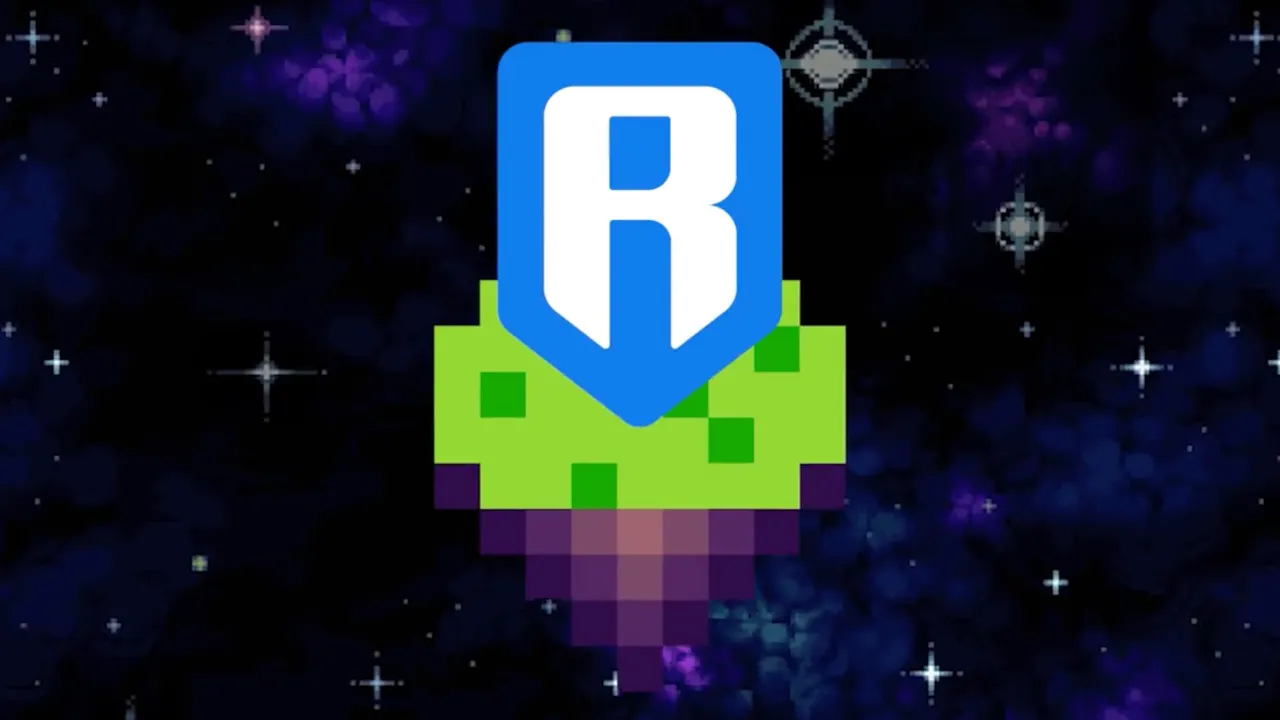Ronin, the prominent Ethereum sidechain network dedicated to video games, announced Tuesday that it will offer the ability for developers to deploy their own dedicated layer-2 chains via zero-knowledge zkEVM tech built with Polygon's Chain Development Kit.
The Ronin zkEVM functionality could yield its first dedicated chains starting in the first quarter of 2025, giving game makers the ability to potentially serve vastly more players than the Ronin chain itself can handle. It would also, according to chief Ronin developer Sky Mavis, provide developers more control should they need a dedicated environment for crypto games.
"Our key goal is to build a unified gaming ecosystem that facilitates effortless asset transfers, token swaps, and NFT trading between layer-1 and layer-2 games, all while offering low gas fees for users," said Sky Mavis co-founder and CEO Trung Nguyen, in a release. "By removing blockspace as a constraint, we believe Ronin zkEVM is a crucial pillar to help us onboard billions of gamers."
Ronin was originally created for Axie Infinity, the Sky Mavis-developed monster-battling game that became a crypto industry sensation in 2021 and pioneered the concept of play-to-earn gaming. It has seen a resurgence since last fall due to an increase in third-party games building on the network, particularly farming game Pixels, which now has millions of players.
Other notable games based on Ronin include Ragnarok: Monster World, Apeiron, Kaidro, and The Machines Arena. The network now has 1.4 million daily active addresses.
Ronin’s move to allow creators to launch their own dedicated layer-2 chains echoes the approach of other networks like Avalanche, which lets teams deploy their own dedicated “subnets” to power games and decentralized applications.
Sky Mavis wrote in a blog post that the introduction of zkEVM will align incentives between Ronin's layer-2 chains and mainnet. Developers will need to stake 250,000 RON (about $568,000 worth at present) to run a validator before launching a new chain, with economic activity on the layer-2 networks potentially increasing staking rewards for delegators.
Sky Mavis also wrote that Ronin could “turn itself into a L2, leading to Ethereum alignment” via an “AggLayer” approach. Polygon, which itself offers multiple Ethereum scaling technologies, has been beating the “AggLayer” drum in recent months as it attempts to unify various scaling networks.
Like many gaming tokens in recent weeks, Ronin’s RON token has been on a downswing, now down 27% over the past 14 days to a current price of $2.26, per data from CoinGecko. It’s fallen 49% since hitting a new all-time high price of $4.45 back in March.
Editor’s note: This article was written with the assistance of AI. Edited and fact-checked by Andrew Hayward.

